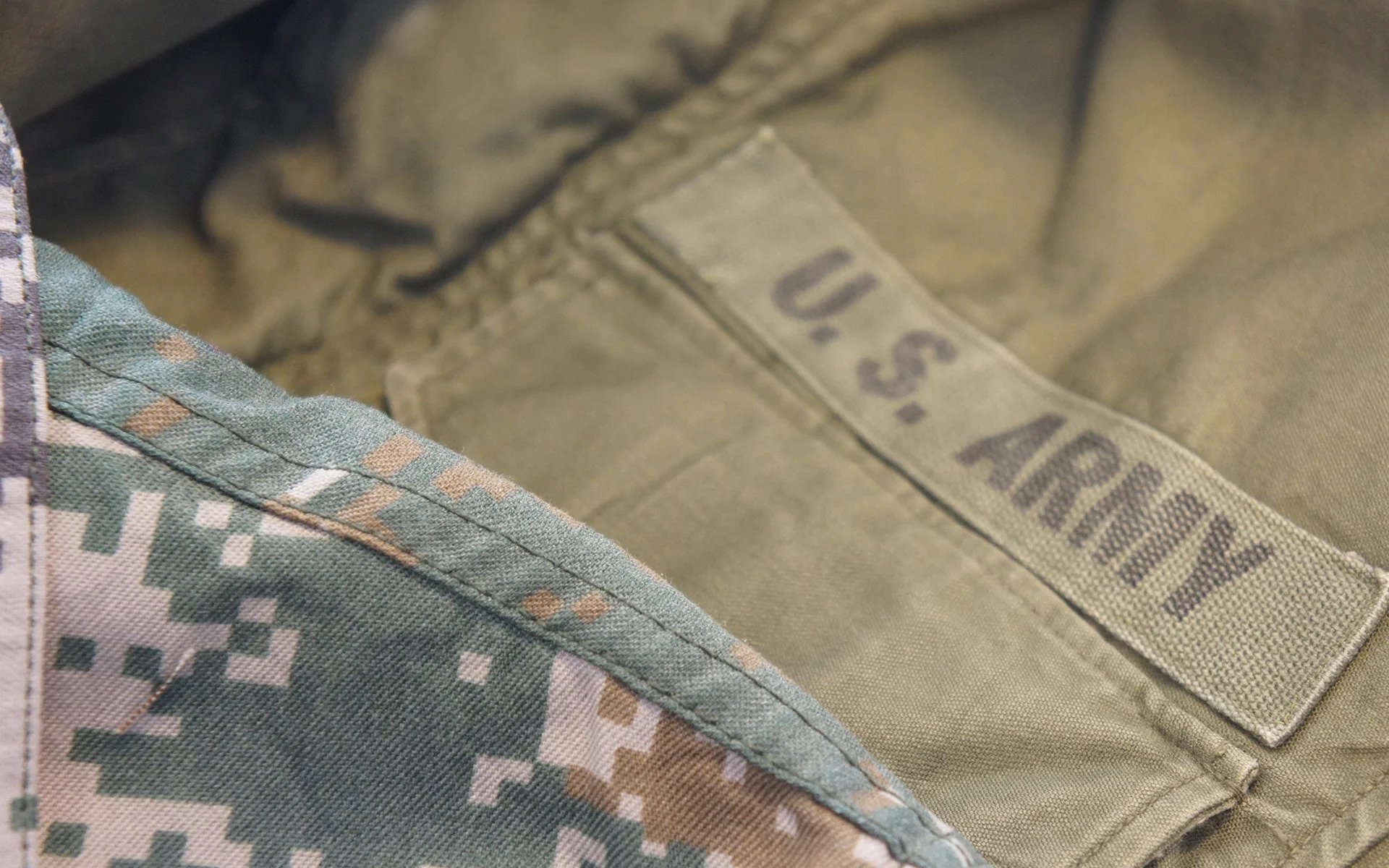Does your workwear go straight into landfills?
In 2022, a little-known Finnish streetwear brand VAIN is getting some major league attention, with an unusual collaboration with the fast food chain Mcdonald’s to create a collection of 13 looks made entirely of repurposed work wear. The uniform's standard shirts and pants were transformed into billowing dresses, slouchy hoodies, and tiny mini skirts, among other pieces.
2 out of 7 people in the UK, for example, wear a uniform. When these garments are no longer suitable, are damaged, do they have to go straight into landfills? In this edition of Greenspiration, let's explore the other possibilities!
The disposal of corporate workwear and uniforms directly to landfills has significant negative environmental impacts. According to WRAP (Waste and Resources Action Programme), currently, only 9% of corporate workwear is recovered for reuse.
©sol
The production of textiles and clothing is also a major contributor to greenhouse gas emissions. When workwear and uniforms are disposed of in landfills, they not only take up valuable space but can also release harmful chemicals and greenhouse gases into the environment as they decompose. Textiles can produce methane gas as they break down, which is a potent greenhouse gas with over 20 times the global warming potential of carbon dioxide.
Moreover, workwear and uniforms often contain synthetic materials that do not biodegrade, leading to further environmental harm. Polyester, for example, can take over 200 years to decompose in landfills, releasing harmful chemicals and microplastics into the environment.
Beyond the environmental impact, the other consideration is business security. Responsible disposal of uniforms and workwear needs to be considered to avoid the uniforms being re-used inappropriately.
©Francois Le Nguyen
The textile sector with its linear management leads to environmental damage and high amounts of post-consumer waste. The circular economy has been identified as a promising solution. Workwear is assumed to have a high potential for circularity because of its high, constant, and uniform material quality and quantity.
VAIN x Mcdonald's collaboration mentioned above provided a new vision of utilizing worn-out workwear, while also placing McDonald’s familiar employee uniforms in the context of contemporary fashion. The clothes were designed in search of new ways to use worn-out workwear and to create new designs by using already existing materials. Now all 13 looks and 27 pieces of this collection are available to McDonald’s Finland employees.
Israeli designer Lia Kassif took a similar approach to military uniforms for a commercialized collection for Hong Kong-based sustainable fashion brand The R Collective. The seven-piece upcycled collection was made using a variety of military uniform waste from China, the USA, and Israel. Providing that iconic juxtaposition, Lia finished her collection with satin, hand-made origami details, and trims from the bridalwear. The collection was later launched exclusively at Lane Crawford Hong Kong and Shanghai.
During each year's graduation season, how should we handle the large number of discarded school uniforms? Hong Kong designer Emma founded the social enterprise Dress Green, which transforms discarded school uniforms into school-related items such as UNI Bears, pencil cases, tote bags, hats, and more. This initiative not only gives a second life to the school uniforms but also preserves campus memories through upcycled and repurposed everyday items.
KLM Royal Dutch Airlines celebrated its one-hundredth anniversary with a limited edition collection of KLM products made with its used women’s uniforms, which are made for intensive use and are of the highest quality. After years of loyal service, the uniforms are replaced by new ones, but the material used for the uniforms is of such good quality that they were given a second life into handbags!
Similarly, Cathay Pacific, in partnership with McCann Worldgroup Hong Kong, has given new meaning to sustainability for the Chinese New Year with the release of Well Travelled Lai See – created using thousands of retired uniforms that were destined for the landfill. Designed by local eco-fashion designer Angus Tsui, the Well Travelled Lai See will not only eliminate paper waste, but each Lai See can also be re-used as a travel wallet, passport holder, or even a phone pouch.
There are a few other things you can do if you’ve already left the company and still have your old uniform but can’t return it to your previous employer:
Wear it for decorating, DIY, gardening, and other jobs where you don’t mind that it’ll get dirty.
Donate to charity – if it’s branded, try to find one that will send it to people in need overseas.
Use it as animal bedding or fashion a coat or chew toy for your dog.
Cut out strips of the fabric and turn them into accessories.
Cover up any logos with badges or patches and refashion them into a new item for your wardrobe.



















